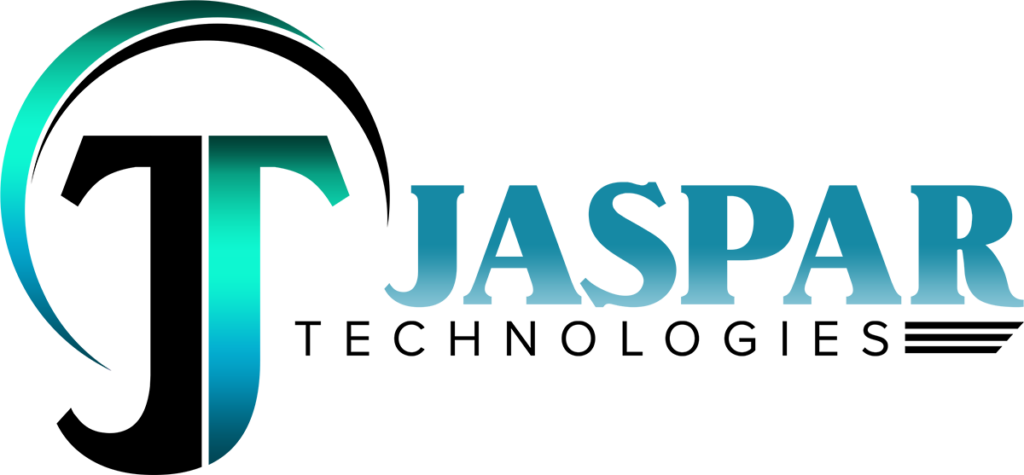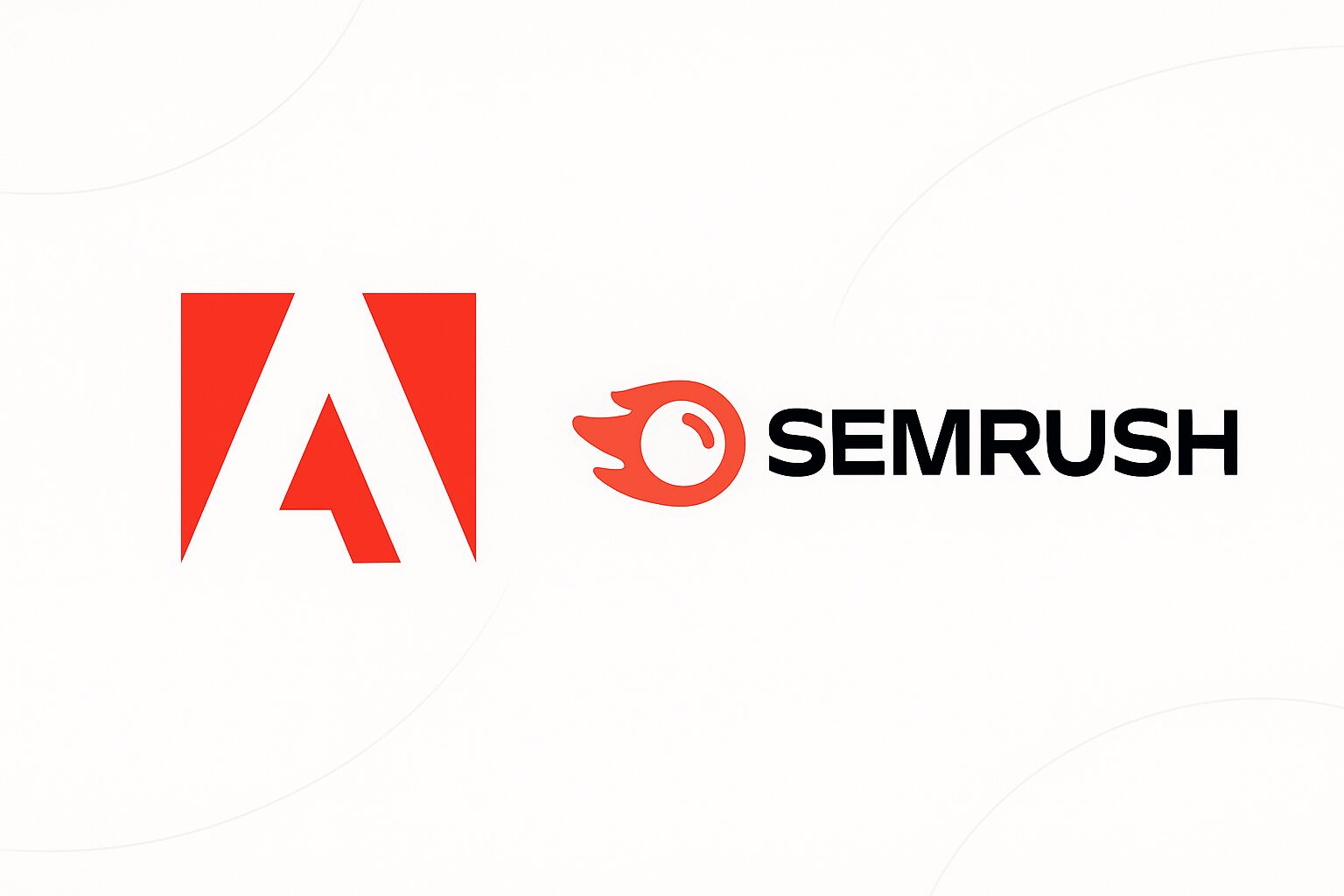Adobe to Acquire Semrush: What This Means for SEO, AI and the Future of Digital Marketing
Adobe to Acquire Semrush: What This Means for SEO, AI and the Future of Digital Marketing
Adobe’s announcement that it plans to acquire Semrush for roughly $1.9 billion has sent a ripple through the marketing world. For many teams, this isn’t just another corporate deal. It marks a shift in how visibility, search performance, and AI-driven discovery will work over the next few years.
A quick story from the marketing floor
Last Tuesday I was reviewing analytics for a client when Semrush showed an unexpected 70 percent spike in their visibility score. I assumed it was a paid campaign. A few minutes later the news dropped Adobe was buying Semrush
Suddenly the jump made sense. And it wasn’t just a dashboard glitch. It was a signal of a much bigger change coming.
As AI search continues to replace traditional search surfaces, Adobe’s move is about shaping how brands appear not only on Google, but also inside conversational tools like ChatGPT, Gemini and Copilot.
Why Adobe Wants Semrush
Owning the future of SEO and AI visibility
Industry estimates suggest Adobe will acquire Semrush for approximately $12 per share, valuing the deal near $1.9 billion. What Adobe gains is not just a popular SEO platform it gains a full visibility engine.
Semrush’s platform now includes:
- Keyword intelligence
- Competitive analysis
- Content optimisation
- Backlink data
- Brand visibility tracking
- AI-driven GEO (Generative Engine Optimization) features
These GEO tools are built to measure how brands appear inside AI search tools, not just inside Google.
When combined with Adobe’s analytics, creative suite, content systems and marketing cloud, Adobe essentially gets a full content + analytics + visibility ecosystem.
A bigger industry shift: SEO, content and AI visibility merge
For years, companies used one set of tools to create content, another set to manage digital assets, and another to run SEO analysis. Everything lived in silos.
This acquisition signals the collapse of those silos.
Marketing is moving toward a world where:
- Content creation
- Optimisation
- Distribution
- Tracking
- AI visibility
…all live in the same workflow.
Adobe wants to own that integrated pipeline.
What This Means for Marketers and Agencies
1. A more unified set of tools
You may soon get a connected dashboard where content, analytics and SEO insights sit together. No more jumping between separate tools.
But there’s a flip side: Adobe’s licensing could change how Semrush is priced or packaged, especially affecting freelancers or small agencies.
2. SEO is shifting toward AI-driven search
This deal reflects a broader transition happening right now. Traditional SEO is no longer the only visibility battle. AI chat assistants already influence:
- Purchase journeys
- Brand recommendations
- Product discovery
- Local business suggestions
Teams must now think in terms of search + chat visibility, not just Google rankings.
3. A new opportunity for early adopters
Brands that move early into AI visibility optimising content for conversational queries, featured AI responses, and structured data will stand out.
Those relying on old SEO playbooks may start losing ground as AI tools become primary discovery surfaces.
Myths, Risks and Pitfalls
❌ Myth: “Semrush will stay the same after Adobe buys it.”
Unlikely. Most acquired platforms go through pricing and feature restructuring.
⚠️ Mistake: Treating AI visibility like traditional SEO
AI search evaluates context, intent, consistency, and trust signals differently than Google.
🚧 Risk: Rising costs and complexity
Adobe’s enterprise-focused ecosystem may introduce higher pricing tiers.
How Marketers Should Prepare
1. Audit your current marketing stack
Identify where SEO, content workflows and analytics overlap or duplicate efforts.
2. Start building content for AI search
Include conversational answers, FAQs, how-to explanations, and structured data.
3. Budget for potential price changes
If you rely heavily on Semrush, plan for adjustments once integration begins.
4. Track integration timelines
The acquisition is expected to close in the first half of 2026, with changes likely rolling out gradually.
5. Reevaluate your toolset
Some businesses may prefer an all-in-one ecosystem. Others may want leaner, independent tools.
What This Means for the Future of Search
Adobe’s acquisition of Semrush isn’t only about adding a new tool to its line-up. It signals a new era where SEO, content creation and AI-driven visibility converge into a single discipline.
Brands that optimise solely for traditional search risk missing entire discovery surfaces where users increasingly spend time.
Adobe wants to be the bridge the platform that connects content, analytics, experience and AI visibility.
For marketers, this is a moment to adjust strategies and get ahead of a major industry shift.
FAQs (AI Search Optimised)
What is Adobe’s plan with Semrush?
Adobe aims to integrate Semrush into its broader marketing and analytics ecosystem to create a unified content and visibility platform.
Why is this acquisition important for marketers?
It shifts SEO beyond Google into AI-driven discovery across chat-based tools and assistants.
Will Semrush’s pricing change?
Pricing adjustments are likely once Adobe begins restructuring and integration.
How should SEO teams adapt?
Start preparing for AI visibility by adding FAQs, structured data, conversational content and entity clarity.
When will the acquisition impact users?
The deal is expected to close in the first half of 2026, but early changes may appear sooner.
Key Takeaways
- Adobe is buying Semrush for nearly $1.9B
- SEO is expanding into AI-driven search and chat visibility
- Marketers need to optimise for both Google and AI tools
- Pricing and product changes are likely
- Early adopters of AI visibility will gain a strong competitive advantage



